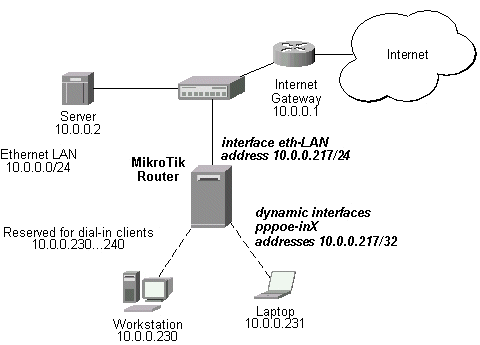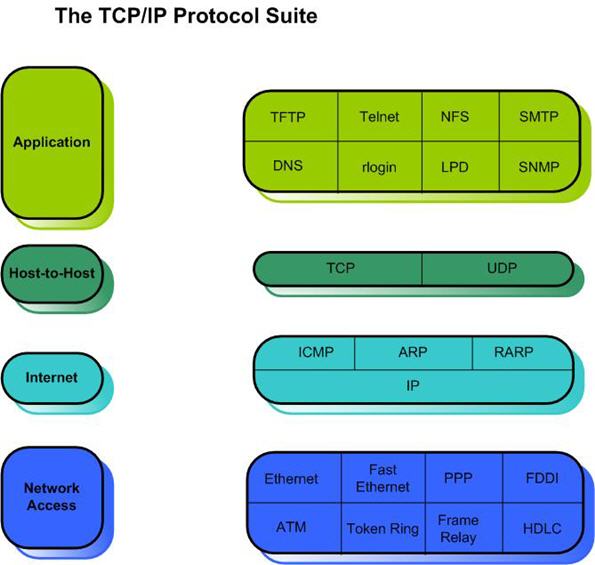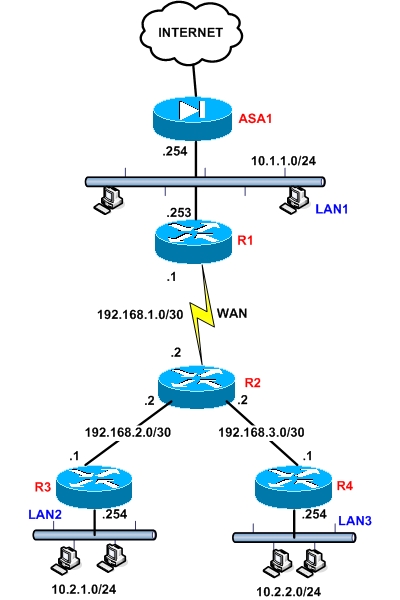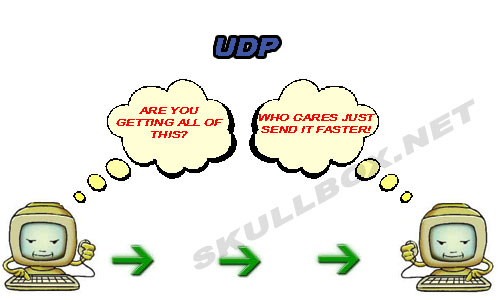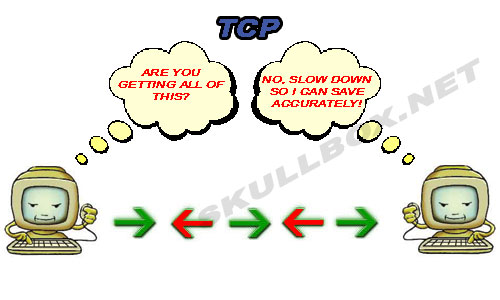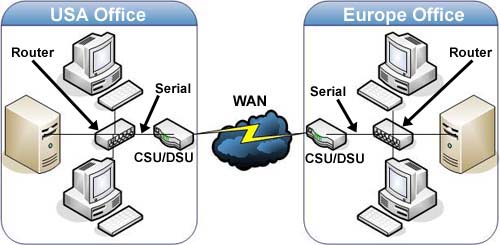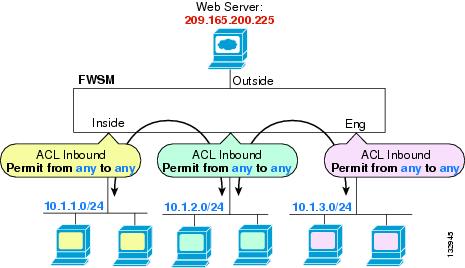What is the address range of a Class B network address in binary?
A. 01xxxxxx
B. 0xxxxxxx
C. 10xxxxxx
D. 110xxxxx
Answer & Explanation
Answer: Option C
Explanation:
The range of a Class B network address is 128-191. This makes our binary range 10xxxxxx.





